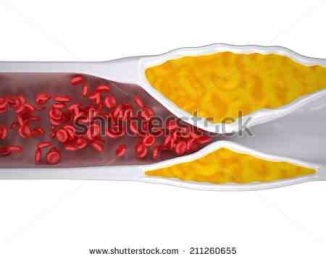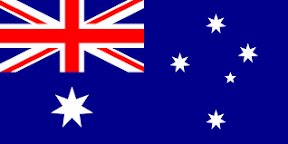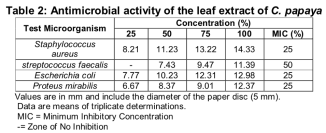Scientists continue to study papaya leaf to be assured of its safety. It has been shown as “Hepatoprotective” (safe for the liver) Orhan, D.D.; Orhan, N.; Ergun, E.; Ergun, F. Hepatoprotective effect of Vitis vinifera L. leaves on carbon tetrachloride-induced acute liver damage in rats. J. Ethnopharmacol. 2007, 112, 145–151.
A study in 2011 tested the toxicity of papaya leaf
Halim, S.; Abdullah, N.R.; Afzan, A.; Rashid, B.A.A.; Jantan, I.; Ismail, Z. Study of acute toxicity
of Carica papaya leaf extract in Sprague Dawley rats. J. Med. Plants Res. 2011, 5, 1867–1872
And in 2012 another study related to the safety of papaya leaf in malaysia:
“…analysis revealed that the leaf extract of C. papaya cultivar ‘Sekaki’ contains considerable amounts of carpaine, malic acid, quinic acid, manghaslin and clitorin, minor quantities of various malic acid derivatives, nicotiflorin, rutin and unidentified unknown constituents. These complex mixtures did not produce treatment related changes in body weight, food intake, water level, hematological parameters and serum biochemistry in Sprague Dawley rats after oral sub-acute exposure for 28 days.”
Repeated Dose 28-Days Oral Toxicity Study of Carica papaya L. Leaf Extract in Sprague Dawley Rats
Adlin Afzan 1,*, Noor Rain Abdullah 1,2, Siti Zaleha Halim 1, Badrul Amini Rashid 1,
Raja Hazlini Raja Semail 1, Noordini Abdullah 1, Ibrahim Jantan 3, Hussin Muhammad 1 and Zakiah Ismail 1
molecules
ISSN 1420-3049
http://www.mdpi.com/journal/molecules





